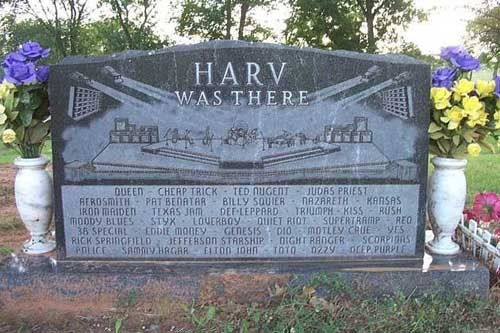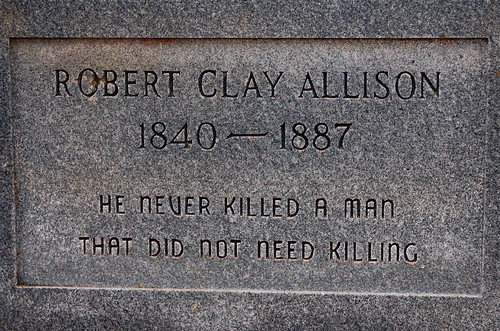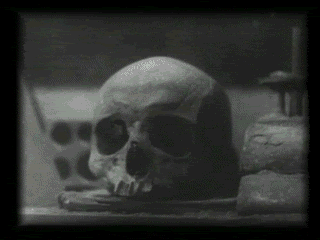
Resurrection Mary is the Chicago area's best-known ghost story. Of the "vanishing hitchhiker" type, the story takes place outside Resurrection Cemetery in Justice, Illinois, a few miles southwest of Chicago.
Since the 1930s, several men driving northeast along Archer Avenue between the Willowbrook Ballroom and Resurrection Cemetery have reported picking up a young female hitchhiker. This young woman is dressed somewhat formally and said to have light blond hair, blue eyes, and wearing a white party dress. Some more attentive drivers would sometimes add that she wore a thin shawl, or dancing shoes, and that she had a small clutch purse, and is very quiet. When the driver nears the Resurrection Cemetery, the young woman asks to be let out, whereupon she disappears into the cemetery. According to the Chicago Tribune, "full-time ghost hunter" Richard Crowe claims to have collected "three dozen . . . substantiated" reports of Mary from the 1930s to the present.

The legend says that Mary had spent the evening dancing with a boyfriend at the Oh Henry Ballroom. At some point, they got into an argument and Mary stormed out. Even though it was a cold winter’s night, she thought she would rather face a cold walk home than spend another minute with her boorish boyfriend.
She left the ballroom and started walking up Archer Avenue. She had not gotten very far when she was struck and killed by a hit-and-run driver, who fled the scene leaving Mary to die. Her parents found her and were grief-stricken at the sight of her dead body. They buried her in Resurrection Cemetery, wearing a beautiful white dancing dress and matching dancing shoes. The hit-and-run driver was never found.
Jerry Palus, a Chicago southsider, reported that in 1939 he met a person who he came to believe was Resurrection Mary at the Liberty Grove and Hall at 47th and Mozart (and not the Oh Henry/Willowbrook Ballroom). They danced and even kissed and she asked him to drive her home along Archer Avenue, of course exiting the car and disappearing in front of Resurrection Cemetery
In 1973, Resurrection Mary was said to have shown up at Harlow's nightclub, on Cicero Avenue on Chicago's southwest side. That same year, a cab driver came into Chet's Melody Lounge, across the street from Resurrection Cemetery, to inquire about a young lady who had left without paying her fare.
There were said to be sightings in 1976, 1978, and 1989, which involved cars striking, or nearly striking, Mary outside Resurrection Cemetery. Mary disappears, however, by the time the motorist exits the car.
She also reportedly burned her handprints into the wrought iron fence around the cemetery, in August 1976, although officials at the cemetery have stated that a truck had damaged the fence and that there is no evidence of a ghost.

Burned section of the front gate bars.
In a January 31, 1979 article in the Suburban Trib, columnist Bill Geist detailed the story of a cab driver, Ralph, who picked up a young woman – "a looker. A blonde. . .she was young enough to be my daughter - 21 tops" – near a small shopping center on Archer Avenue.
"A couple miles up Archer there, she jumped with a start like a horse and said 'Here! Here!' I hit the brakes. I looked around and didn't see no kind of house. 'Where?' I said. And then she sticks out her arm and points across the road to my left and says 'There!'. And that's when it happened. I looked to my left, like this, at this little shack. And when I turned she was gone. Vanished! And the car door never opened. May the good Lord strike me dead, it never opened."
Geist described Ralph as "neither an idiot nor a maniac, but rather [in Ralph's own words] 'a typical 52-year-old working guy, a veteran, father, Little League baseball coach, churchgoer, the whole shot'. Geist goes on to say: "The simple explanation, Ralph, is that you picked up the Chicago area's preeminent ghost: Resurrection Mary.

Sign at a bar across the street from Resurrection Cemetery.


















































